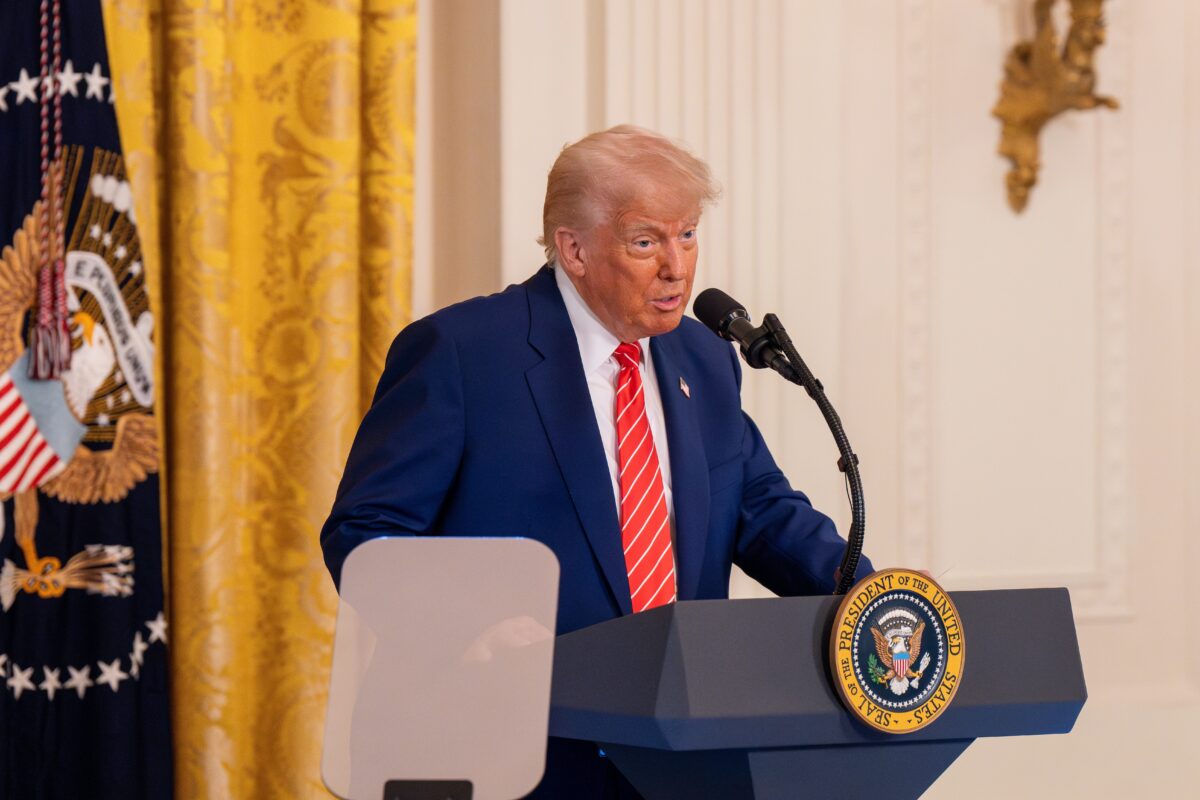TLDRs;
Contents
- Trump abruptly ends trade talks with Canada over a digital tax targeting U.S. tech giants like Amazon and Google.
- The Canadian tax imposes a 3% levy on digital revenue, potentially costing American firms over $2 billion annually.
- Prime Minister Mark Carney says Canada will continue pursuing trade discussions despite U.S. threats.
- Experts see the move as part of a familiar Trump strategy, using tariffs as leverage in high-stakes negotiations.
President Donald Trump has unilaterally ended ongoing trade negotiations with Canada, citing what he called an unfair digital services tax imposed by the Canadian government.
The move, announced via social media on June 27, signaled a rapid deterioration in cross-border relations and reignited tensions between the two closely linked economies. Trump said tariffs on Canadian goods would follow within the week, escalating the dispute.
At the center of the fallout is a 3% digital tax targeting revenue generated by major technology firms operating in Canada. American giants like Google, Apple, and Amazon are expected to shoulder a significant share of the estimated $2 billion in annual tax costs. Trump criticized the levy as discriminatory, accusing Canada of exploiting the reach of U.S. companies while offering them no reciprocal treatment.
Carney Defends Policy as U.S. Threatens Tariffs
Canadian Prime Minister Mark Carney responded by reaffirming his country’s commitment to defending the tax as a matter of digital fairness. Speaking to local media, Carney said Canada remains open to dialogue but would not be pressured into scrapping policies designed to ensure tech multinationals contribute their share. He emphasized that Canada’s stance is rooted in protecting its fiscal sovereignty and citizens’ economic interests.
Despite Carney’s efforts to keep channels open, Canada finds itself in a difficult position. Nearly three-quarters of its merchandise exports are destined for the United States, making its economy especially sensitive to any trade disruption. While Canadian officials insist they are working for a constructive outcome, Trump’s move has triggered renewed concerns about the country’s overdependence on a single market.
Business Leaders Caught Between Two Powers
Back home, some Canadian business leaders have voiced frustration with the government’s approach, calling for a pause or rollback of the digital tax. They argue that the fallout from deteriorating U.S. relations could hurt sectors well beyond tech, including manufacturing, agriculture, and energy.
The uncertainty has already rattled investor confidence, with several trade groups urging Ottawa to prioritize diplomacy over confrontation.
Others argue that Trump’s response is a calculated maneuver designed to extract concessions. His administration has previously employed similar tactics, using tariff threats to shift negotiations in trade disputes with China, Mexico, and even the European Union. Analysts note that such moves are rarely final and often pave the way for renegotiated terms.
Familiar Pattern in U.S.–Canada Disputes
The latest clash is reminiscent of earlier skirmishes during Trump’s first term, when tariff threats and retaliatory duties became routine bargaining chips. In February, a similar conflict led to 25% tariffs on Canadian steel and aluminum, prompting swift retaliation from Ottawa. Despite the noise, both sides ultimately returned to the table.
Observers believe history may repeat itself here. While the rhetoric is heated, both governments have strong incentives to find common ground. With trade flows deeply interwoven and domestic economies at risk, a complete breakdown remains unlikely. However, the episode underlines how digital policy is fast becoming a flashpoint in global trade negotiations, where taxation, sovereignty, and tech regulation collide.


